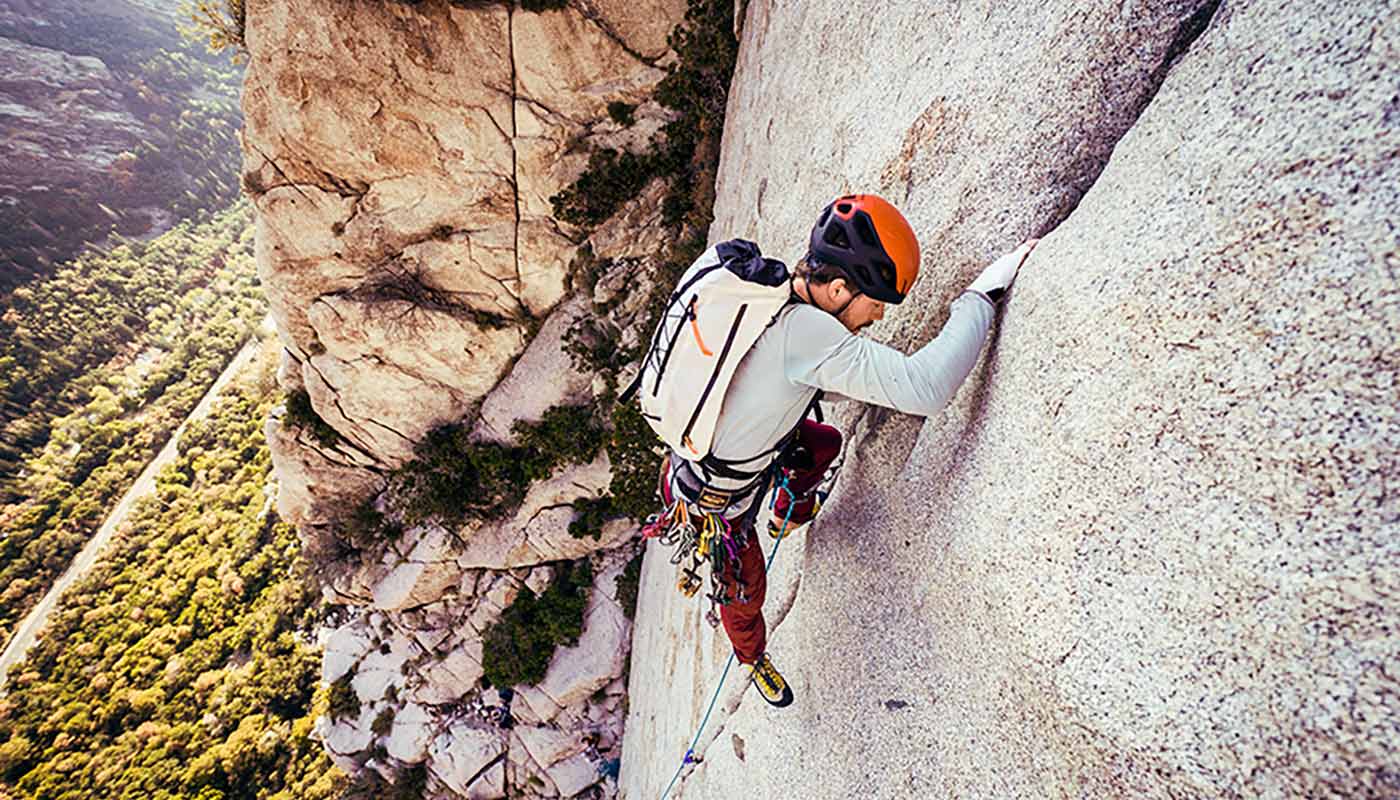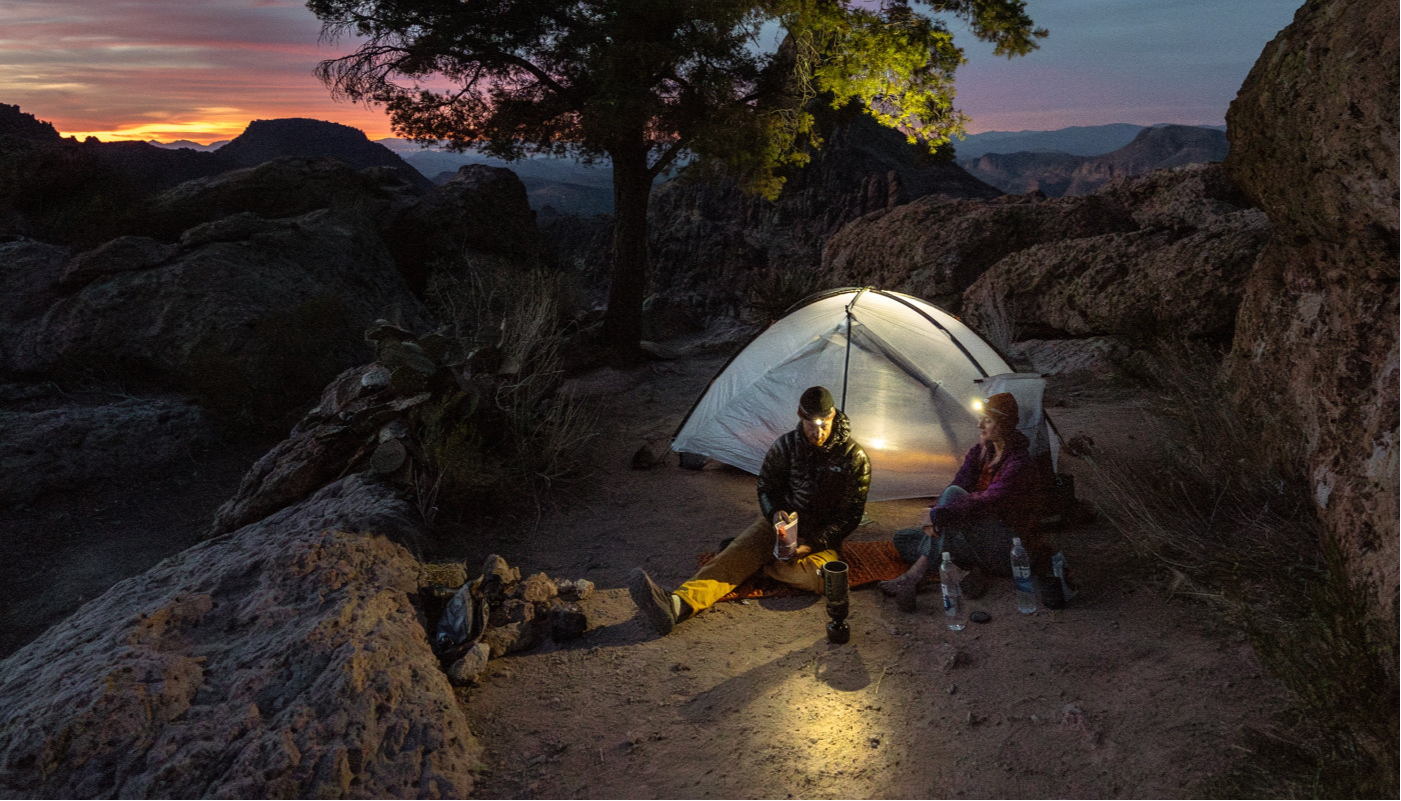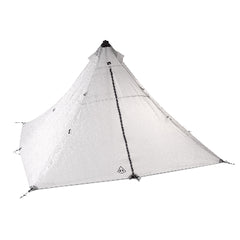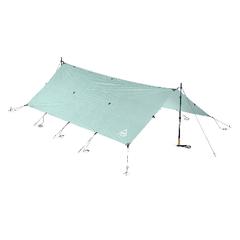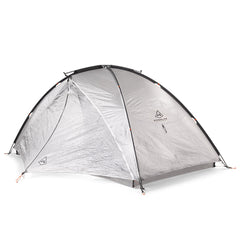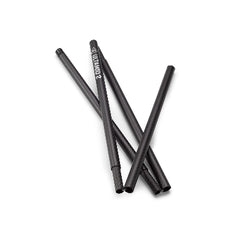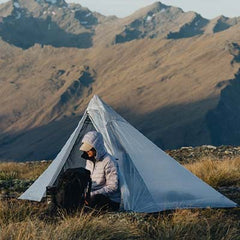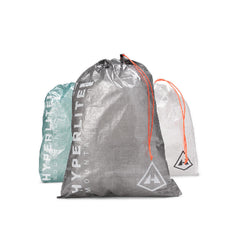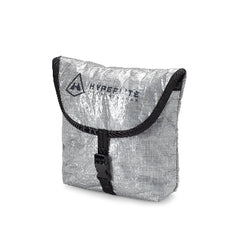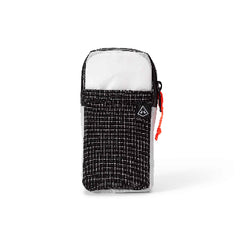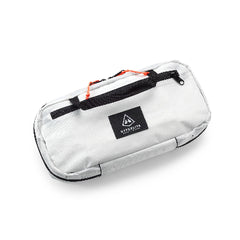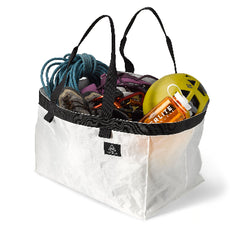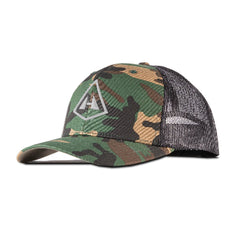Words and Photos by Jada “Flo” Lippincott @whereisjadaa
Grizzly bears are among the most iconic symbols of our wilderness in the United States. No matter how old you are, when you see one in the wild, it's a sight that you won't soon forget. Known for their incredible strength, distinctive shoulder hump, rounded ears, a dished-face profile, long claws, and a variety of fur colors from tan to black, grizzlies can weigh anywhere from 300 to over 800 pounds, with males typically weighing more than females. They eat anything from meat to plants to berries, and depending on where in the world they're found, they also feed on fish.

Grizzly bears are most commonly found in parts of Alaska, Western Canada, and the Northern Rocky Mountains, which include Montana, Idaho, and Wyoming. Yellowstone National Park has the greatest number of grizzly bears in the lower 48 states, with the Bob Marshall Wilderness coming in second.
While grizzlies are generally solitary and tend to avoid humans (unless they're mothers with cubs in tow–then they may wander near humans to protect their cubs from male grizzlies), they can become aggressive if they're surprised or feel threatened. One of the most significant issues that happens when humans recreate in grizzly bear habitat is when the bears start associating humans with food. A fed bear is a dead bear.
Proper food storage in grizzly country is essential for both human safety and wildlife conservation. To complement proper food storage, it's also important to be aware of where we consume food, as we don't want to eat in the same location where we sleep, in case we spill or leave lingering smells. Depending on where in the world you're hiking, you may even want to change the clothes that you cooked in–a common practice when you're up in Alaska. We as humans often forget that the bears live here and we're just the visitors. When I say "food," I'm also talking about all things that have any scent.
In areas where grizzly bears reside, improperly stored food can attract these powerful creatures, potentially leading to dangerous encounters between bears and humans. More often than not, this leads to the bears being euthanized–an unfortunate scenario as they get blamed for human error. Campers, hikers, and backcountry visitors must follow strict guidelines to ensure that we keep bears wild.
There are three different ways to properly store your food when you are camping in grizzly country: using a bear-resistant container, using an Ursack, hanging your food bag at least 15 feet off the ground, or storing your food in the provided lockers.

Bear-resistant containers, or bear canisters, are portable containers specifically designed to store food, scented items, and trash while hiking through bear territory. They are lightweight (ish), made of durable plastic to withstand the strength of the grizzly tossing it around, and require opposable thumbs to open. Depending on the brand of canister, you may need a coin to twist it open. Bear canisters are required in many wilderness areas where bear activity is common, not just in areas with grizzly bears, as they help prevent bears from associating humans with food – ultimately protecting both people and wildlife.
When you're hiking through the Sierra on the Pacific Crest Trail, even though there are no grizzlies in the region, black bears are still common, and because there are so many people recreating there, bear canisters are required. This is the bulkiest form of "proper food storage in griz country", as a bear canister doesn't fit in a backpack well, so most hikers find it easiest to store the canister on the outside of the pack. Once you're at camp for the evening, store your bear canister a good distance away from camp, so in the event that a bear finds interest in the canister, they aren't wandering near your tent.

Another way to properly store your food in grizzly country is by using a Ursak. A Ursak is a lightweight, flexible storage bag made from high-strength, bulletproof Kevlar. Unlike hard-sided bear canisters, Ursacks are soft bags which are more packable and malleable, making them popular with backpackers and thru hikers as they are easier to shove into a backpack. Ursacks are designed to prevent bears from accessing the contents that are in the bag, although I've seen friends on the Continental Divide Trail who have woken up to bear scratches on theirs. In order for the Ursacks to actually work, they must be tied with a knot to close the sack, and then once the sack is tied shut, you must tie the sack to a tree or stump, or something that won't move if a bear tries to tug on it. Ursacks are not the same as bear canisters, so in places that require hard-sided containers, Ursacks will not make the cut.
The third way to store food in griz country, and what I would say is the most popular form of food storage, is to simply hang your food from a tree. You need your food bag, a rope that's over 50 feet long, and a rock bag. This is what I would call the "traditional method" of keeping food out of a bear's reach, but it must be done correctly in order for it to actually work.

When you're choosing a location for where to do a bear hang, it's important to choose a tree that's at least 100 yards away from your campsite. You want to make sure you hang your food at least 15 feet off the ground, and you want to make sure the branch you've chosen is thick enough to support the weight of your food bag, especially if you have multiple people and multiple food bags in your group.
If you're in Yellowstone National Park, you'll find the bear hang logs are well over 50 feet off the ground. Not only do you want to look for thick branches to hang from, but you also want to make sure that the bear can't jump from the trunk of the tree onto your food bag. To ensure this, make sure your branch is five or so feet away from the main trunk. Mature grizzly bears have nails that are too long to climb trees, but yearling griz cubs and black bears are avid climbers.

To do a bear hang, you will fill your rock bag with some weight, like rocks, and tie it to one side of the rope. This adds some weight to the end of the rope, which will help you get the rope over the branch you're trying to hang the food from. Once you have successfully gotten the rope over the branch, pull the rock bag back down, and you will see the other side of the rope start to lift. Tie the food bag to the other end of the rope. As you pull the rock bag down, the food bag will slowly start to lift into the air.
Once you've gotten your food bag high enough off the ground, tie the excess rope around the tree. If you were to just leave the rope hanging, a bear could come up and pull that rope, and ultimately bring the food bag back down to the ground. Once you have the excess rope tied around the trunk of the tree, you have successfully finished your bear hang.
It's important to always check the local regulations for food storage before heading into griz country, as they often vary by park, forest, or wilderness area. The more popular areas have discouraged people from hanging food because, when done improperly, bears can and will get to the food. Once again, a fed bear is a dead bear.
The last way to store your food in griz country is in bear lockers. You will find these lockers in established front-country campgrounds, mostly, but I have also found them in the middle of nowhere. In order to open these lockers, you must have hands, and you must have opposable thumbs, which makes them impossible for bears to access. Typically, these lockers are located on a cement pad. When bear lockers are present, it's best to store things in here, even if you have a bear canister, Ursack, or have things for a bear hang. I was up in the backcountry of Canada, and there were some giant bear scratches all over the lockers. You could tell that a bear smelled what was in the lockers and tried to swat them!
Proper food storage is one of the most important responsibilities we have as humans recreating in grizzly country. Whether you're using a bear canister, an Ursack, or a properly executed bear hang, keeping food and scented items secure protects both us and the future of the grizzly bears. There was a time when the grizzly bear almost went extinct due to humans feeding bears, and we simply cannot let that happen again. Give these incredible beasts space (~100 yards) when seeing them in nature because remember, it's their home that we are walking through. We are so lucky to be in the presence of such remarkable animals, and their future is in our hands.
